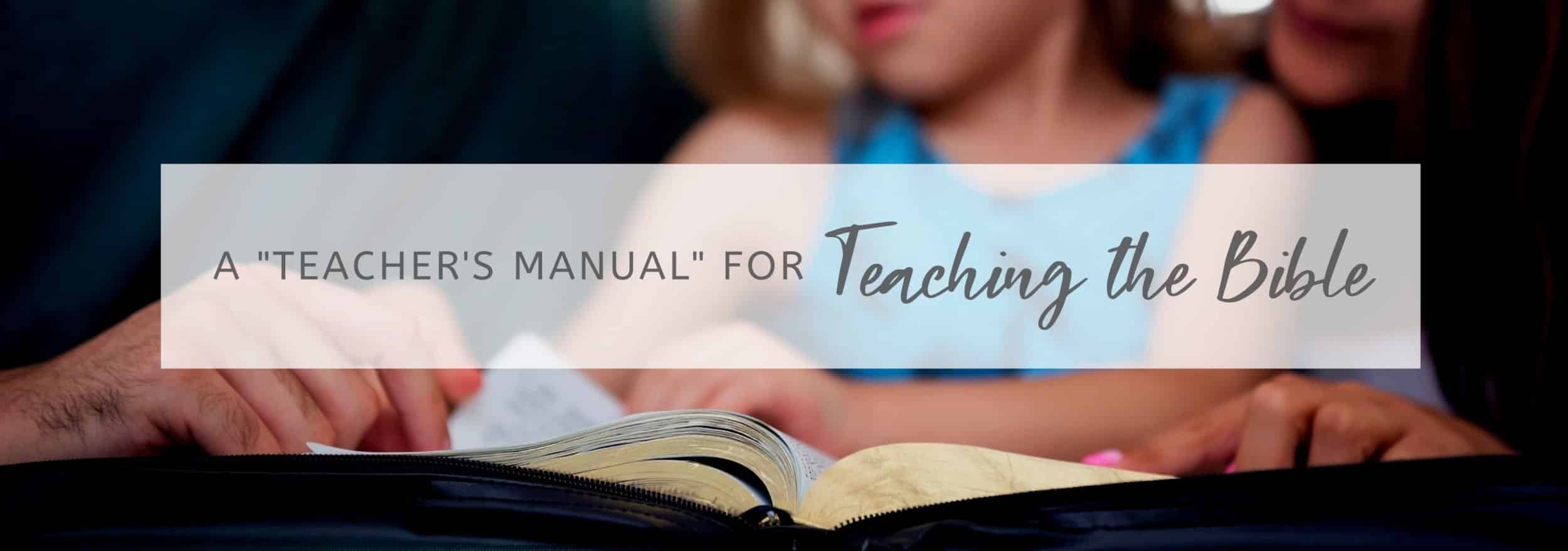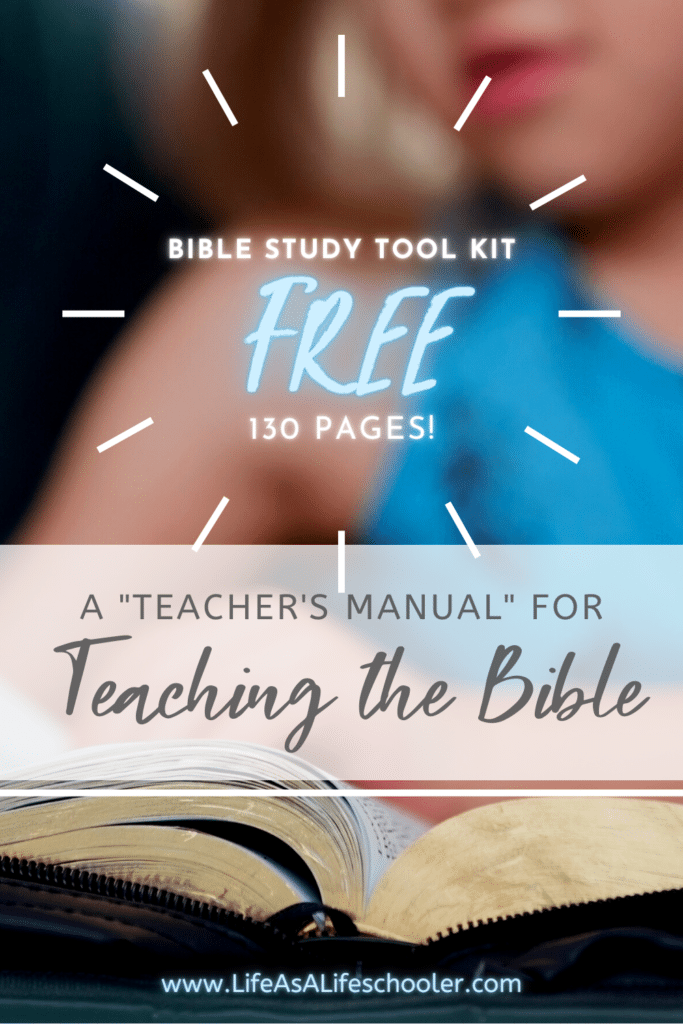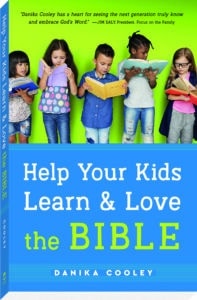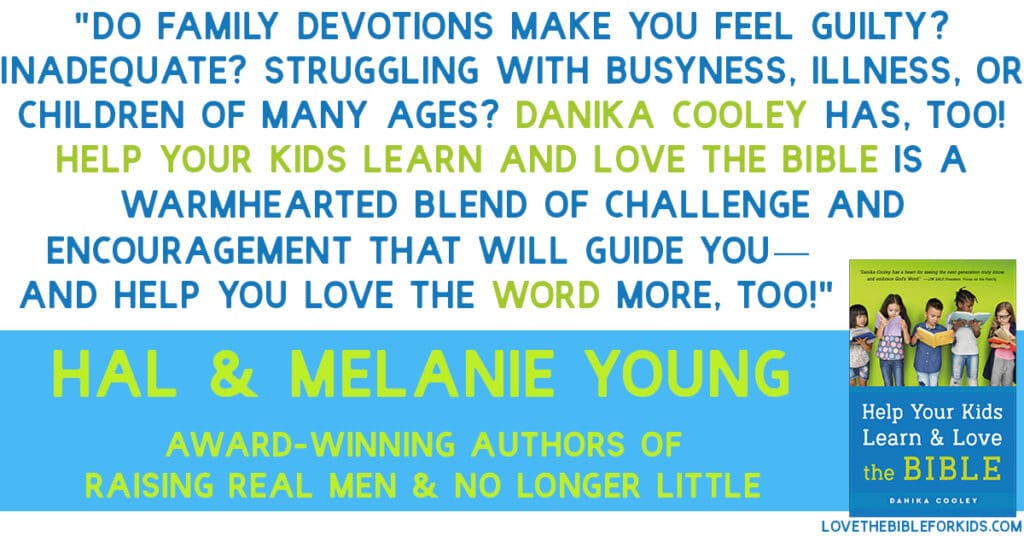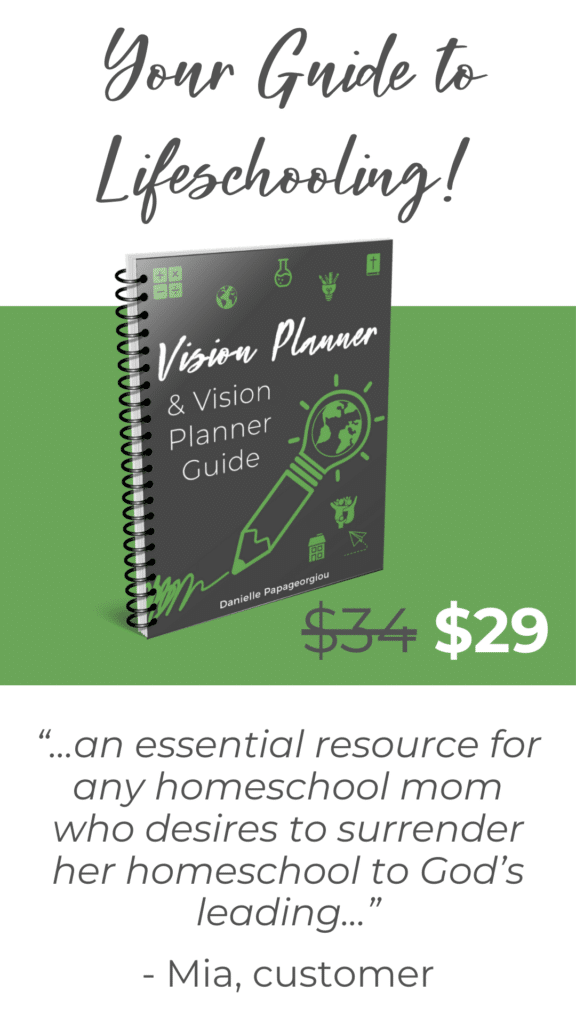I’ll never forget years ago when my oldest son was about five and there was a special speaker at the church we were attending who put a strong emphasis on teaching the Bible to our kids and helping them learn to love God’s Word as the priority in our homes. He shared how his son came to him once and told him he wanted to read the Bible in one month.
“Son, many struggle to do that in a full year. Are you sure you can read it in just one month?” The boy explained to him that if it were a novel, he would have no trouble reading the necessary pages per day to complete it in that amount of time. And sure enough, by the end of the month he had done it. But it was not just a challenge to complete for him. His love for God’s Word led him to continue reading it in a month once every year.
That story stuck with me and I thought, Wow! That is a remarkable young man. What a blessing to have such a son. Even though that boy seemed to be an anomaly to me, we began to emphasize Bible reading and study even more in our home and one day it struck me that my husband and I had also raised a remarkable young man. A few years ago, when my oldest son was going through some very difficult personal struggles while also working long days on a film set, he felt the Lord leading him to start a 90-day Bible reading plan. It was a step of faith for him and some days he sacrificed sleep to do his reading, but he finished it and said it was one of the most impactful experiences of his spiritual life.
(This post contains affiliate links, meaning I will receive a percentage from any of the sales through these links. However, I only recommend resources that I believe in and usually have personal experience with, so I know you’ll find them helpful!)
By God’s grace we’ve raised two children to adulthood so far who love God’s Word and spend large amounts of time reading the Bible and praying daily. We have not always been perfect, of course, but I have always believed that there is no more important curriculum for lifeschooling than the Bible.
I have even given talks on how academic subjects naturally flow out of our Bible study (music as we sing and worship together; ancient history as we study Biblical history; and even math as we calculate the size of Noah’s Ark, the Temple, etc.), and I find it rather interesting and informative how much emphasis the Bible gives to wisdom, with very little mention of academic pursuits (except that they can lead to pride and exhaustion. Ha!). Focus on the Bible is central to lifeschooling!
Sometimes, however, we feel like we need a “teacher’s manual” to help us know where to begin. The mere thought of reading and studying the Bible with our kids can feel overwhelming and daunting.
That’s where Danika Cooley’s book, Help Your Kids Learn & Love the Bible, comes in and helps us make the connection. It reads like the teacher’s manual we all long for, but in a fun and engaging way (i.e., lots of personal and relatable stories…except maybe that terrifying one about the Grand Canyon. Oh. My. Goodness. I’m glad it’s NOT relatable to me!!) I’m always so glad to find books like this that I can recommend to homeschooling and lifeschooling parents!
Overview
The book opens with a cute story about Danika’s son, Erik, asking a rather thought-provoking question about Jonah and why he is called a “prophet” rather than a “missionary.” Questions like this show that our children are not only listening to what they are being taught, but evaluating it. The fact that Erik was only three when he asked this question is an indication of the amount of exposure to the Bible in his home! Such wisdom comes through hearing God’s Word regularly.
The book is broken down into three sections:
- You’re the Leader
- Faithful Reading
- A Daily Walk
You’re the Leader
In this first section, Danika encourages us to start reading the Bible with our kids today, even if we’re not sure how or where to begin. God will bless the effort! She takes some time to address the most common objections (“Reading the Bible is too hard for kids,” for example) and then goes on to explain how to teach different ages, from pre-school all the way through high school. I love some of her practical tips! In our home, we offered our children $100 for reading all the way through the Bible. We wanted them to literally see the value in reading God’s Word and reward them for their effort!
Danika next goes on to give some ideas for finding time for Bible reading with the family. I love her idea of anchoring it to daily habits, such as mealtime! We have personally found this most effective in our home, doing our reading right after dinner…and sometimes during dinner if it’s a particularly crazy day or if my chronically ill daughter wants to go to bed at 7:00!
Faithful Reading
Part two teaches us how to approach God’s Word with our children. We must teach them how we got the Bible and that it is inspired, inerrant, and infallible. In this age of relativity, they must understand that the Bible is Truth that we can depend on! I loved the SCAN acronym that teaches four essential truths about God’s Word that our children need to understand. I had never heard this before, but it’s a helpful memory device!
S – Sufficient
C – Clear
A – Authoritative
N – Necessary
We must also teach our children how the stories in the Bible fit together and what the overall purpose is: the Gospel! We can’t cherry-pick verses and stories to make them fit what we want them to say. Danika has some great tips (such as creating “cheat sheets”) for getting our children to read Scripture in context with the main point in view.
A Daily Walk
One of the best curriculum purchases I ever made was an impulse buy in a department store, on my way to the checkout. It was a set of three sets of Bible story CDs called “Word and Song” and I knew absolutely nothing about them, but for some reason, I took a risk and threw them in my basket.
Of course, now I can look back at all the wonderful memories of those CDs that we have and recognize that it was the Holy Spirit prompting me! They were my fallback many times when I wanted to do something with Bible, but was feeling uninspired. They were the CDs we turned on during playtime and on trips in the car.
The final section of the book covers some tips and various resources for creating a habit and pattern of Bible reading and teaching the Bible in our homes. Often we can agree with the truths presented to us, but not know where to begin. This is where the book gets really practical! And, just as my Bible CDs became a wonderful fallback for me on the “off” days (which are many in my home), Danika also has some great recommendations for what to do on the days when things are a bit more unplanned.
Narration, journaling, and creating crafts and artwork are some ideas that can bring the Bible to life and make it memorable. And of course, there are some great projects and resources on her own Thinking Kids Press site that you may want to have on hand to make things even simpler when teaching the Bible.
Biggest Takeaways for Teaching the Bible
I came away from my reading of Help Your Kids Learn & Love the Bible feeling both encouraged and deeply challenged when it comes to teaching the Bible to my kids!
My biggest takeaway from this book, personally, was that I need to reevaluate our routine and be more intentional with Bible study and integrating it into everything. It is so easy in our parenting to “grow weary in well-doing,” feeling like the younger ones will just pick up on things and turn out fine from the sheer fact that they are in our families. But osmosis doesn’t happen! Sure, influence of godly older siblings and parents is crucial, but we have to continue to be vigilant and intentional with teaching our children, even when we’re nearing the end of our parenting journeys.
I really appreciate Danika’s emphasis on discussion and asking questions. I think this is so healthy and such a simple place to start our Bible exploration! We may not know all the answers, but as we run into questions we can learn right along with our kids! Lately, I’ve been reading through Proverbs with my youngest (age 9, after a large gap) and discussing each verse and asking questions to get him to think. It’s been fun to watch him think deeply and embrace the wisdom of this important book.
I also found Danika’s caution against teaching “moralism” when teaching the Bible stories was wise and often overlooked advice. I’m sure we’ve all been guilty of this! And I think there is some value, as she pointed out, to discussing some of the moral lessons in Bible stories. However, we need to remember that everything ultimately points to Jesus and the Gospel!
Constructive Criticisms
No book or resource is ever perfect and we can almost always find things we disagree with or think might have been better presented. But I truly did struggle coming up with something to write here. The book is just that good!
If I had to give any sort of caution, it would just be to the reader to be careful not to turn these suggestions and ideas into a legalistic exercise of box-checking. There is nothing that commands us to read the Bible as a family twice a day, as amazing as that is!
I certainly wish we could do that in our family like Danika does in hers, but with various health issues and schedules, realistically that’s not going to happen. The main point is to make the Bible a priority in our home in whatever way the Lord leads us and gives us grace to do that.
And I do love Danika’s reminder at the end of one of the chapters that the practice of daily Bible reading is just that… a practice. God gives grace for those days when we just can’t seem to get our acts together with teaching the Bible!
Final Thoughts
I think Help Your Kids Learn & Love the Bible has really inspired me to take an inventory of what we are doing to read and study the Bible, both as a family and as individual family members. It’s so easy to backtrack in teaching the Bible and we must always be checking to see where we are slipping and how we can improve.
For our family, that means reviewing the amazing resources we already own and seeing how we can fit them into the daily routine. I am excited to go back through this book and put some deeper thought into our routine and see what the Lord does through a renewed focus on His Word! I am thankful for this wonderful, encouraging book and highly recommend it to any parent who wants to improve in teaching the Bible to their kids and help them grow in their love for the Word.
- The Book Writing Process: 5 Essential Tips (Plus a few more) - June 26, 2025
- Inspirational Missionary Stories for your Homeschool - March 5, 2025
- Tips for Building Healthy Relationships - February 17, 2025
